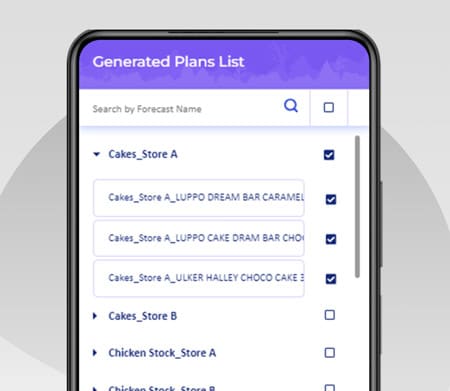The world of marketing has become way more defined and data-driven than it used to be. Multivariate tests and A/B tests, analytics, statistical significance, allocation of traffic, tweaking variables, refreshing, optimizing, and repeating – are now an integral part of every marketer’s life.
Clearly, testing has a huge bearing on the performance of campaigns and is the difference between running an optimized campaign versus a poor-performing one. Testing tools providers have built entire product lines around these, and you will find that they are constantly urging marketers to “test everything” and rightly so.
The world of retail is now too complex to tackle with manual testing. Manually tackling different flows of data for every individual is obviously not feasible. Adding more people to the testing team isn’t the answer. At the end of the day, the volume of data is too large and the value-add may be sub-optimal.
This begs the question: How can your business then provide tailored shopping experiences to customers without having to create discrete experiences manually for segments?
Algonomy steps in here with a range of native testing tools built specifically to address such concerns. These include traditional A/B and MVT tests, but in addition also have full-fledged continuous algorithmic testing and optimization.
What Is Algorithmic Testing?
Taking A/B testing and experimentation a notch or two higher, algorithmic testing uses data science with a continuous, always-on testing environment for improving conversions on the go.
It’s a critical need if your customer journey culminates with a purchase and you want to test conversions, especially on cart pages.
What Is Different About Algorithmic Testing?
As opposed to manual testing, algorithmic testing allows one to continuously test every variable, i.e., every digital transaction, while focusing on revenue conversion and at the same time, self-optimize to achieve the desired result via AI/machine learning, adapting at scale for every individual.
Algorithmic testing is one of the foundation stones of hyper-personalization.
How Algorithmic Testing Works
This works in two stages via an AI decisioning engine, known as the Experience Optimizer that is unique to Algonomy. While considering the context, the Experience Optimizer tests and picks the best experience for every individual automatically.
One can choose from over 150 strategies that have been tried, tested, and refined over time with outcomes specific to retail. Algonomy’s Xen AI consists of these strategies, and they are built using an ensemble of algorithms – including statistical, machine learning, and deep learning ones, like natural language processing or NLP.
In real-time, multiple strategies are tested against each other by the Experience Optimizer to determine the winner for any interaction. While doing that, it considers metrics like RPS, RPV, and CTR. It also tries out new content or other viable recommendation strategies that are relevant to each customer or visitor.
In its exploration mode, which is completely customizable by the business, the Experience Optimizer makes sure that results never hit any kind of ceiling, and continue to propagate over time.
New content or strategies can also be added into the mix by clients, and the Experience Optimizer can choose when they could be used given a situation.
Algonomy’s native A/B and MVT tools can be used by marketers to test out specific content, placements, strategies, rules, and even the merchandising of category and browse pages. These tests can then be targeted and accordingly, traffic can be allocated towards specific segments or all visitors. As opposed to traditional A/B testing tools, algorithmic tests treat each visitor uniquely.
Testing of strategies; optimization of metrics for different areas of the funnel; and testing of other configuration changes, campaigns, or promotions can also be done by clients.
The insights dashboard can be used to monitor results, or clients can even use the Experience Browser for the same. Results across multiple metrics are automatically shown, even if those metrics are not included by the user in their test. A variety of filters, including, but not limited to segments can be used to view the results. Outlier filtering can be used to measure the impact of outliers.
As the future of experimentation, algorithmic testing will operate alongside your regular A/B testing tools. It’s not like one can replace the other.
Learn about all the ways we can help your business drive hyper-personalized marketing at scale.






